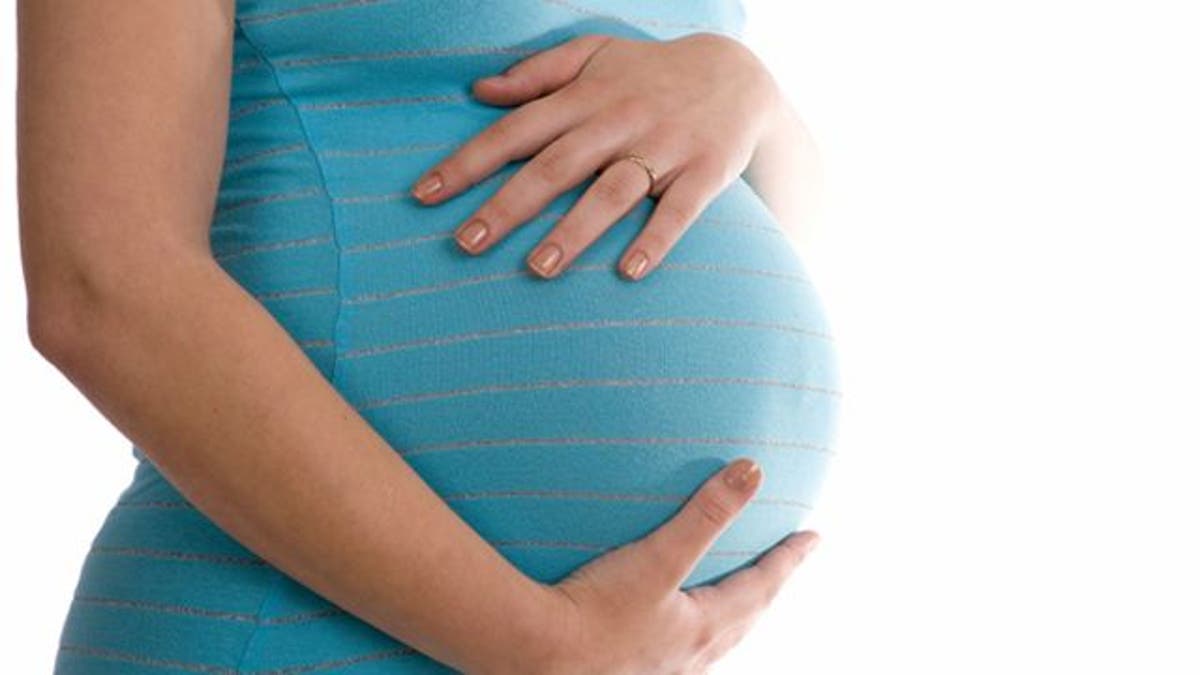
A Swedish doctor has accomplished what many had deemed impossible by transplanting wombs into women and delivering four healthy babies so far — with a fifth soon on the way. Here are questions and answers about the revolutionary procedure.
___
Q: HOW DOES THE SURGERY WORK?
A: The operation to remove the womb from the donor takes about 10 to 12 hours and to transfer it to the recipient takes four to five hours. Unlike a normal hysterectomy, the major arteries and vessels must be taken out and preserved for the transplant operation. Dr. Mats Brannstrom of Sahlgrenska University Hospital and Stockholm IVF described the procedure that he developed as a "completely novel surgery."
After the womb is removed, it is chilled and the blood vessels are flushed with a preservation solution, to avoid damage to the organ.
The womb and blood vessels are delicately attached to the recipient's pelvic ligaments. Before the abdomen is closed, surgeons must ensure there is good blood flow to the uterus and that the attachment to the ligaments is strong enough to maintain a pregnancy.
___
Q: WHO ARE THE TRANSPLANTS INTENDED FOR?
A: The procedure is intended for women who are born without a womb or those who lost it to a disease like cancer. There are an estimated 200,000 women in Europe who might be in this situation, but only a small number probably would consider a transplant. Some might opt for surrogacy or adoption instead.
___
Q: IS THERE AN AGE LIMIT FOR WOMEN WHO CAN DONATE WOMBS?
A: Doctors aren't entirely sure because so few successful transplants — seven — have been done. Brannstrom estimates that the wombs of older women may actually work just as well as those of younger women, with the ideal age just past menopause, or under 55.
"It seems to be more important that the womb has had a successful, full-term pregnancy without complications," he said. Among the operations he's done so far, the age of the donors has ranged from 39 to 61.
___
Q: DOES THE SURGERY WORK BEST WITH LIVE DONORS?
A: It's not known. Brannstrom — the only doctor working with live donors — is the only one who has successfully delivered babies. Other attempts to transplant wombs — in Saudi Arabia, Turkey and Britain — have used or plan to use uteruses from recently deceased women. Critics have raised concerns about whether it is ethical to subject donors to such an invasive surgery for an organ that is not life-saving, though doctors say that being able to plan ahead for such a major operation and vet patients for potential problems is a major advantage.
___
Q: WHAT'S NEXT IN THE PROCESS?
A: Brannstrom is working with doctors elsewhere, including in Singapore and India, to perform womb transplants there. He said Sweden is also considering whether the public health system will pay for the procedure for eligible women there and to make it privately available for patients from abroad.




















